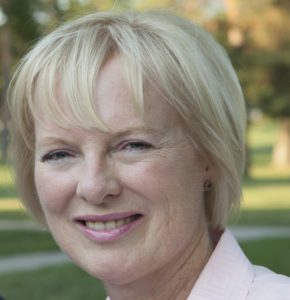 Posted by Denise Seguin.
A student needs to feel he or she will be successful.
Larry Ferlazzo, author of a weekly teacher advice column for Education Week Teacher, and a regular contributor for The New York Times, states that research shows a ratio of positive-to-negative feedback for learning to occur is within the range of 3:1 to 5:1. The challenge for teachers when giving feedback is to provide the type of feedback that will prompt the student to want to improve. The idea is not to stop after telling the student what he or she did wrong. Instead, add “what if” statements.
The example Ferlazzo offered involved an animator and director at Pixar. The animator showed design sketches to a director for approval. Instead of the director simply saying, “not what I want”, the director said, “I like how you did ‘x.’ What if …?” The part after “What if” is where the student can learn and be motivated to build on earlier work. For example, feedback on a business plan project could be, “I like how you applied market research to your projected first year net income. What if you assumed a growth factor in line with inflation estimates and extended your projection another three years?”
Stay tuned for Part Three of our series “Fostering Self-Motivated Students.” We’ll offer more tips on relatedness.
Read the other posts in this series:
Posted by Denise Seguin.
A student needs to feel he or she will be successful.
Larry Ferlazzo, author of a weekly teacher advice column for Education Week Teacher, and a regular contributor for The New York Times, states that research shows a ratio of positive-to-negative feedback for learning to occur is within the range of 3:1 to 5:1. The challenge for teachers when giving feedback is to provide the type of feedback that will prompt the student to want to improve. The idea is not to stop after telling the student what he or she did wrong. Instead, add “what if” statements.
The example Ferlazzo offered involved an animator and director at Pixar. The animator showed design sketches to a director for approval. Instead of the director simply saying, “not what I want”, the director said, “I like how you did ‘x.’ What if …?” The part after “What if” is where the student can learn and be motivated to build on earlier work. For example, feedback on a business plan project could be, “I like how you applied market research to your projected first year net income. What if you assumed a growth factor in line with inflation estimates and extended your projection another three years?”
Stay tuned for Part Three of our series “Fostering Self-Motivated Students.” We’ll offer more tips on relatedness.
Read the other posts in this series:Category:
